Biology Concepts Explained in This Episode:
- What happens when you cut the jugular vein?
- Why is it crucial to NOT put pressure on the trachea?
- What is Intrathoracic Pressure and Venous Distension?
- What is Tension Pneumothorax
- The Surgery – Treatment for Tension Pneumothorax
Setting the Airport Scene
The video starts at the airport with Dr. Shaun seemingly overwhelmed and trying to absorb all the noise and activities around him. As he tries to observe around, an accident happens with a kid falling to the ground and getting hit by shards of glass.
A man, claiming he’s a doctor, rushes to the boy, and says the boy’s jugular vein has been cut. He then asks for a clean cloth to cover the open wound that was already bleeding with so much blood.
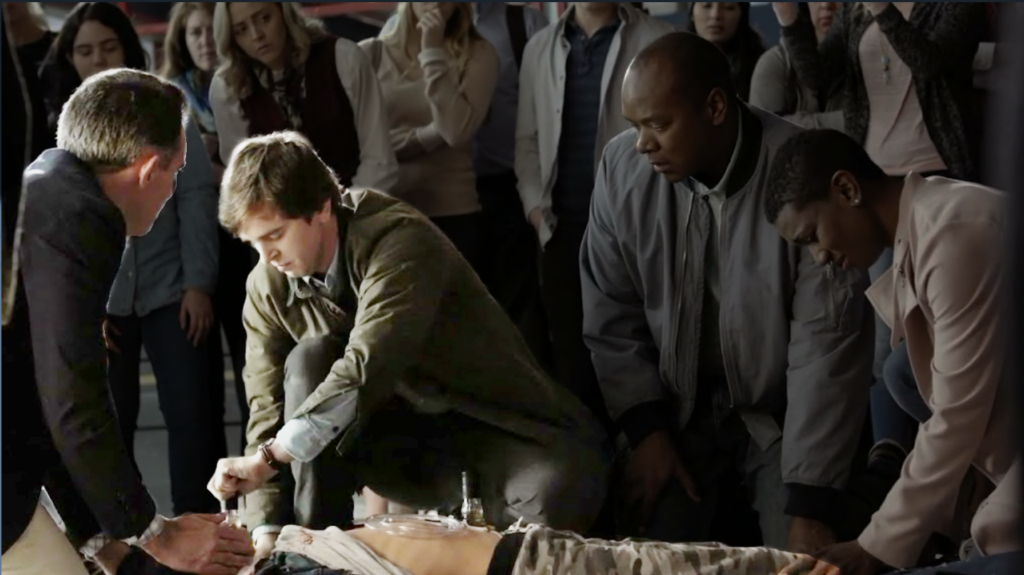
What happens when you cut the jugular vein?
Remember how we mentioned in the previous reaction video for The Good Doctor, the brain is the most important organ of the body? We now know that while it makes up about only 2% of the body weight, it also gets about 20% of the blood coming from the heart to absorb the nutrients and oxygen to be used by the brain, the muscles of the face, and other structures.
From there, deoxygenated blood is drained from the head and back to the heart by two of the main veins called:
- The external jugular vein – draining blood from the back of the head and deeper parts of the face.
- The internal jugular vein – bigger jugular vein draining blood from the brain and the superficial parts of the face.
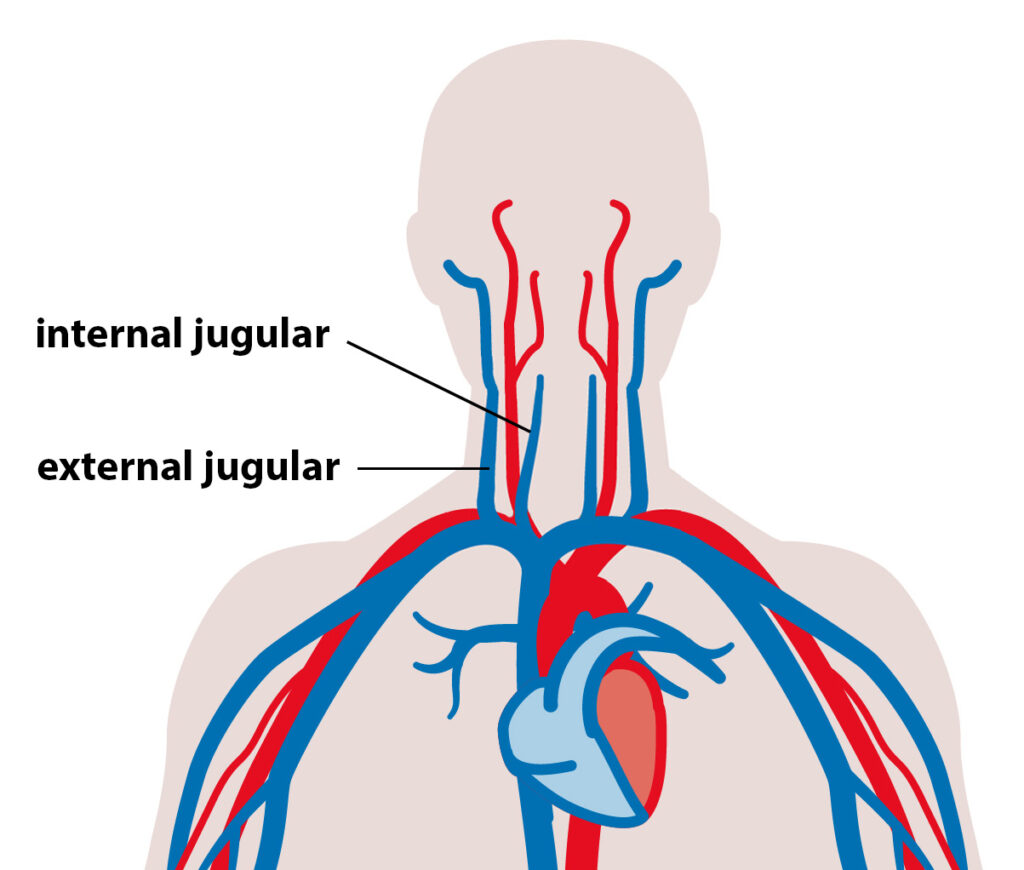
Imagine if you cut any of these. Imagine if you cut the bigger internal jugular vein. No wonder, the first aid that came to mind for the doctor was to put pressure on the area to stop the bleeding.
Dr. Murphy disagreed with the other doctor’s approach saying that he had positioned the pressure on the child’s wound in the wrong place. The other doctor would have been right if he was helping an adult, but doing that to a boy also put pressure on the boy’s trachea causing him difficulty in breathing. Dr. Murphy went on to say that the pressure had to be placed higher, then he walked closer, and showed the doctor where to place the pressure correctly.
Why is it crucial to NOT put pressure on the trachea?
The trachea also called the windpipe, is part of our respiratory pathway. When we breathe in, air goes in via the trachea into the two bronchi which leads the air to the lungs. This is where the bloodstream gets the oxygen needed by the body.
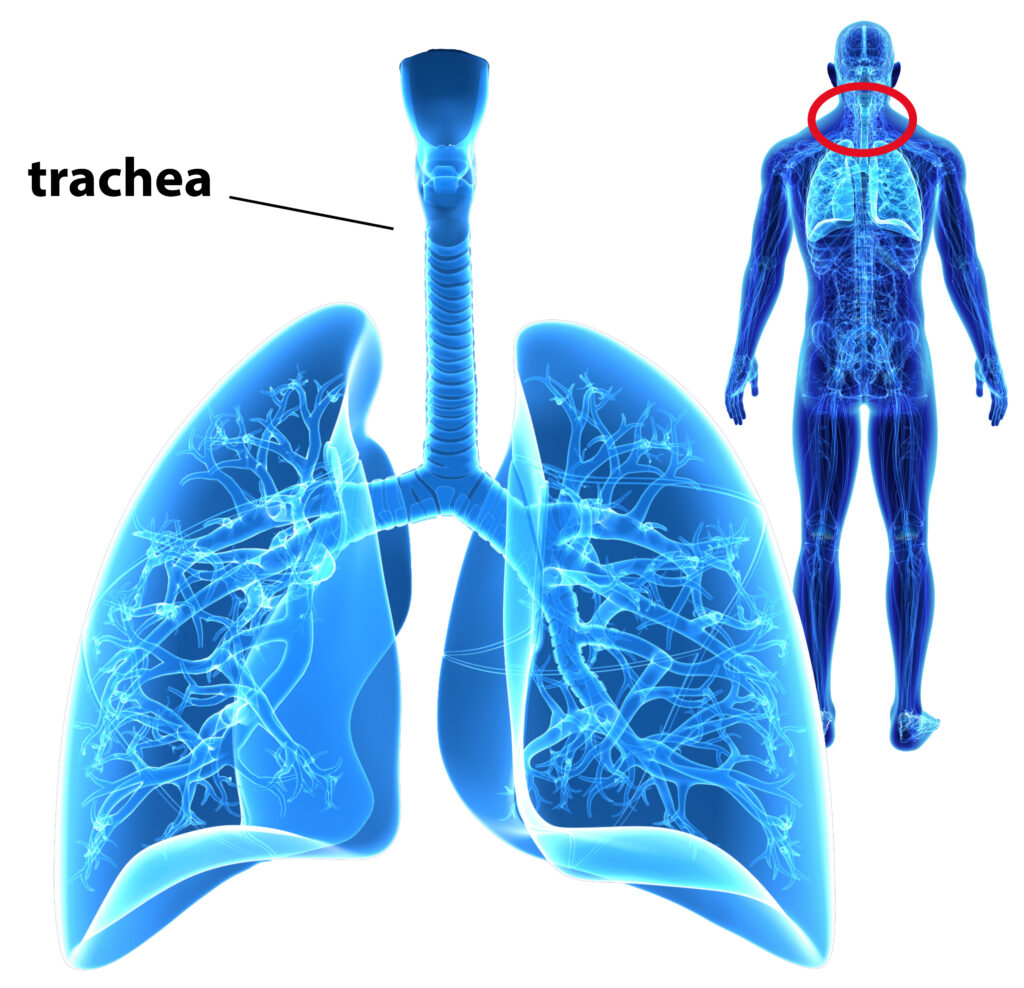
Knowing this, compressing the trachea will block the air from flowing into the body the way it should. So, when Dr. Murphy moved the pressure slightly above, the boy was then able to breathe in some air.
Dr. Shaun continues to check on the boy’s condition — looking at the veins on both arms, he notices the veins in his left arm popping and concludes it could be due to intrathoracic pressure.
What is Intrathoracic Pressure and Venous Distension?
If something is putting pressure on the heart and preventing it from expanding, the heart will not be able to pump as well. The increased pressure on the heart causes increased pressure in the veins. (The veins are the vessels that bring blood back to the heart).
Think about a hose.
If you have a hose and you step on one part of it, the part leading into that section, where you’re putting that higher pressure, there’s going to be more pressure there as well such that if a hole exists in that area, water will be escaping and it’ll go higher because of that increased pressure.
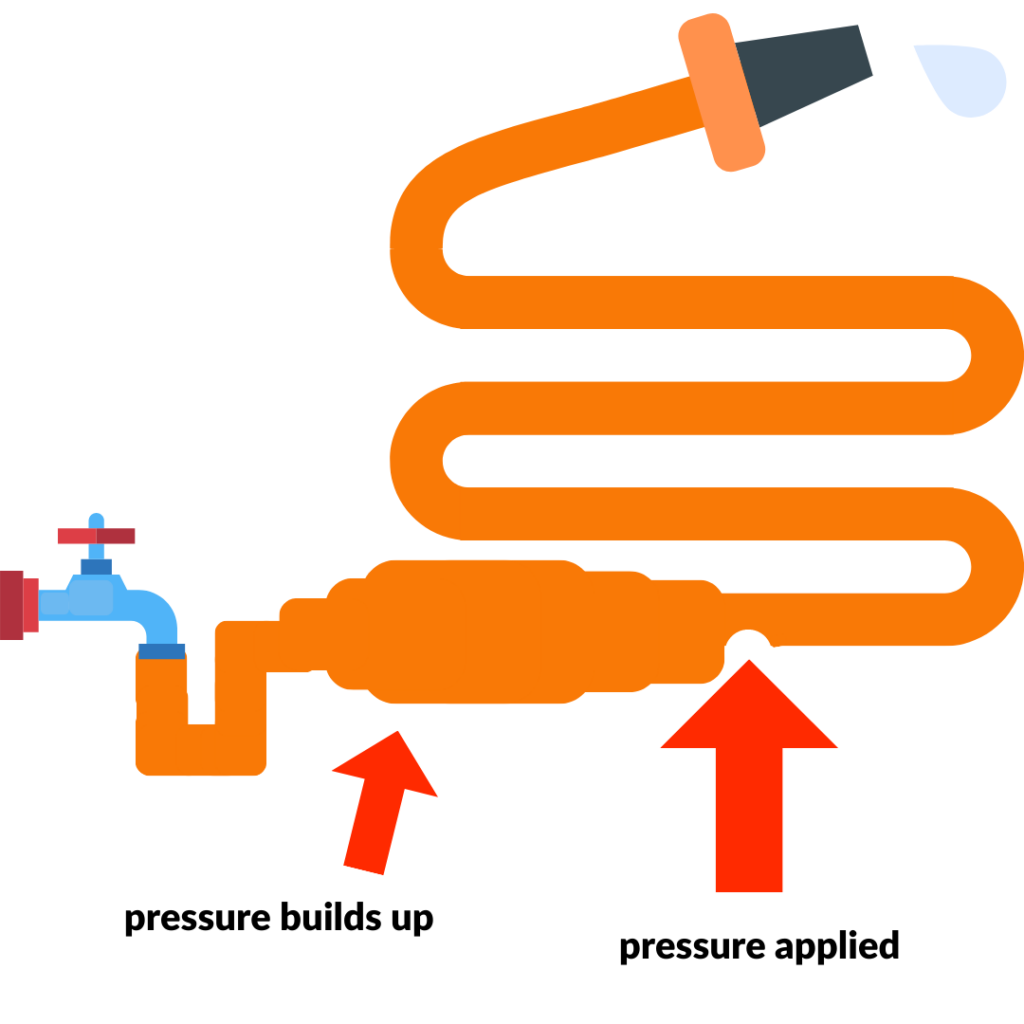
A similar event occurs in the body. If something is causing increased intrathoracic pressure or pressure in the thoracic area, that is going to cause venous distension in the arms, because the deoxygenated blood from the arms is going back via those veins to get back to the heart.
Dr. Murphy mentions the boy’s lung is in distress and that he needed a sharp knife. While looking for one, he told the other doctor to start artificial respiration, otherwise, the boy would stop breathing very soon.
Dr. Murphy urgently went and looked for the equipment he needed to save the boy. Remember this scenario occurred at the airport, so the first thing that came to Dr. Murphy’s mind was to get a sharp knife through the TSA (Transportation Security Administration) personnel.
Of course, as expected, the TSA would not hand it to him easily. He had a hard time acquiring the tools he needed to the point that he had to grab them and run away from the TSA. He got caught but luckily, the boy’s mom told them Dr. Murphy was trying to save their son.
In the next scene, Murphy walks back to the boy with two bottles of liquor in hand, a pair of gloves, and all the other equipment he needed, including the sharp knife. He continued to prepare the boy and himself for an on-site surgery using the liquor for sterilizing the boy’s body.
Apparently, Dr. Murphy was trying to stabilize the boy’s tension pneumothorax.
What is Tension Pneumothorax?
The lungs are surrounded by a pleural sac. Between the walls of the lungs and the sac, there’s the pleural space.
The pressure that’s in that space has to be very specific. If there’s too much pressure, the lungs won’t be able to expand. Regulating that pressure is extremely important in order for you to breathe regularly.
With tension pneumothorax, there’s some kind of damage to the lungs, and maybe even to the pleural sac such that air escapes and gets into that pleural space. And the more you breathe in, the more air fills in that space putting more pressure on the lungs and hence, making it hard for the lungs to expand to take in the air well.
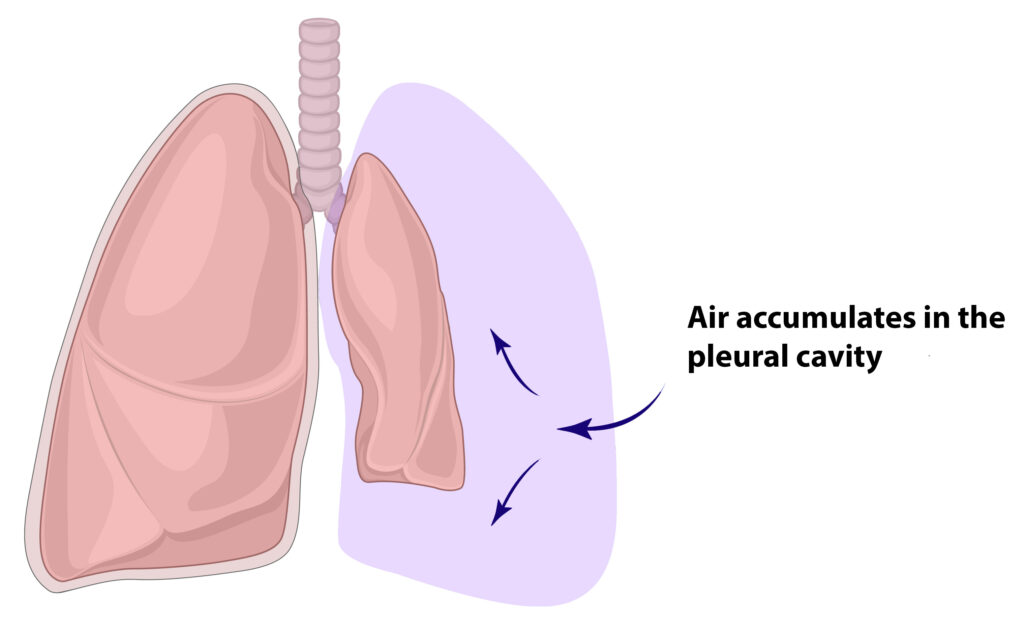
That is a tension pneumothorax.
What needs to be done to stabilize the boy? Something needs to happen to get that air out of that space. So, now do you know why Dr. Murphy needed a knife to help the boy?
The Surgery – Treatment for Tension Pneumothorax
Dr. Murphy now starts to cut through the boy’s chest right where he inserts a rubber tube into the boy’s pleural space. The tube connected to the liquor bottle with water inside served as a homemade one-way valve. The tube allowed for the trapped air to leak and get out of the pleural space into the bottle while the water prevented the bubble from coming back in.
As air continued to leak out, the lung slowly expanded. Just a few seconds after starting the procedure, the boy was now able to take a deep breath and finally breathe in some air.
Dr. Murphy saves another human! 😉
Stay tuned for the next section of the video as we discuss the complications that happened to the boy.
Summary:
- The internal jugular vein is one of the main vessels draining deoxygenated blood from the brain and superficial parts of the face. Cutting this vein can cause a lot of bleeding.
- Putting pressure in the right area to stop bleeding from the jugular vein is crucial. Doing this in an adult is different from a child. There could be risks of applying pressure to a child’s trachea causing some difficulty in breathing.
- Intrathoracic pressure is also called pressure in the thoracic area. This may cause venous distention as evidednt in the arms.
- Tension pneumothorax happens when the lungs is unable to expand because of the accumulation of water in the pleural space between the walls of the lungs and the plueral sac.
- Treatment for tension pneumothorax involves leaking the air out of the pleural sac to allow the lungs to expand and allowing for normal breathing.
